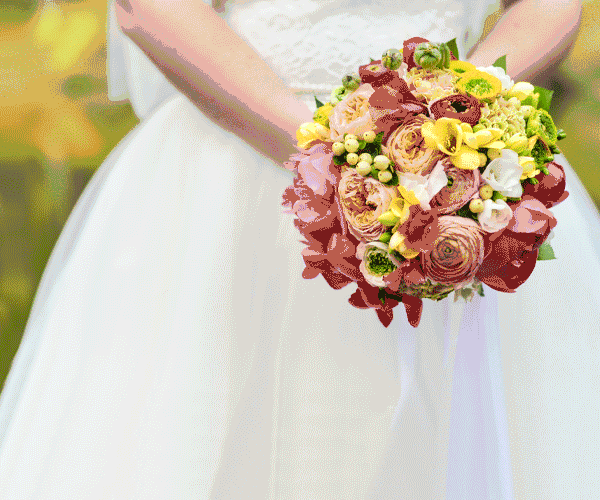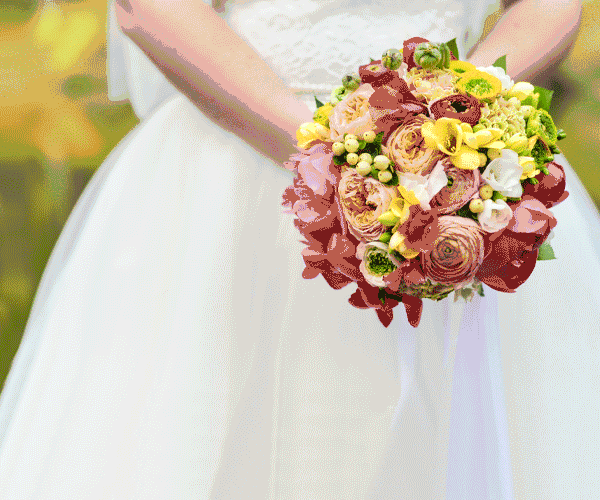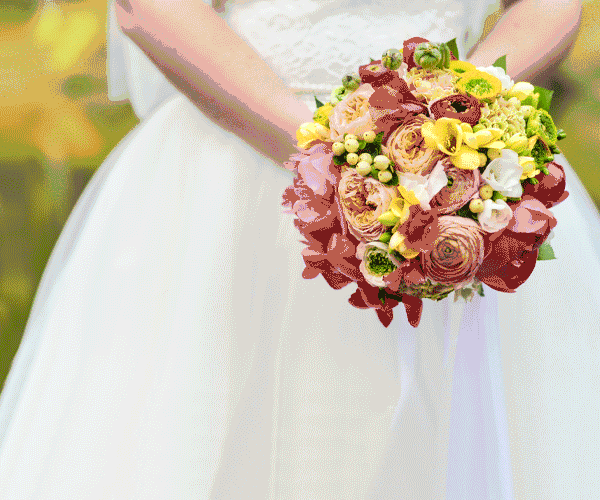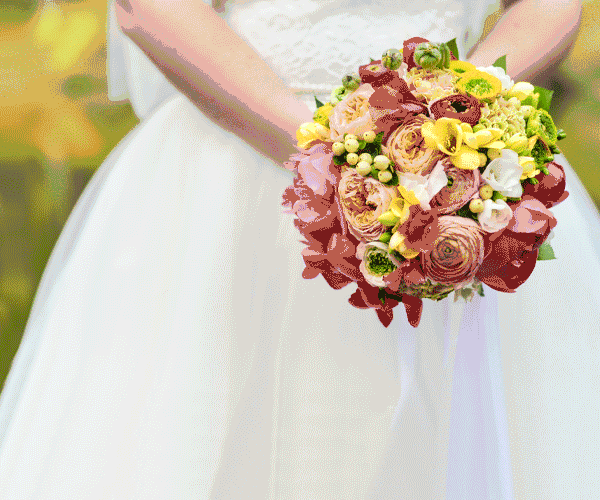Ever wished you could take those gorgeous photos you see on your Instagram feed? Here’s how to level up your smartphone-photography game. By April Zara Chua
These days, you don’t need a digital single-lens reflex (DSLR) camera to capture great moments. Smartphone cameras are not only incredibly handy, but can now also deliver superior results.
We speak to Ching Kai “CK” (@chingkaichingkai), one of six photographers named Singapore’s Instagrammer of the Year this year by local Instagram community group, InstaSG, for tips on how to get the best images from your smartphone.
Before you start
The best camera is the camera you have on hand. Familiarise yourself with its basic functions first. According to CK, the common built-in features are usually good enough for basic tweaking and adjusting of colours, as well as image cropping and framing.
Also, be mindful of basic no-no’s in photography. If you are taking pictures of strangers, be sure to ask for permission first and always credit your sources. “It’s okay to be inspired by or even try to recreate what others have done. But (you should) never try to pass off work created by others as your own,” CK advises.
Capture the moment, enjoy the process
“What makes smartphone photography fun is that it is instantaneous,” says CK. “It allows you to edit and process images on the go and it’s also extremely portable.”
Technicalities aside, do remember, however, to have fun and don’t get too caught up with trying to get that “perfect” shot.
Ultimately, it comes down to practice. “Take 100 shots to find the right one,” says CK. “But don’t forget to return to the remaining 99 to see what went wrong and how you could have made them better!”
Call the shots
Here are some tips on how to capture the best shot in some familiar settings and scenarios.
 Low or bad light
Low or bad light
“It is best to avoid taking pictures if the lighting is bad, but if you really have to, try focusing on a subject that might still be lit,” says CK. This will give clarity to the entire photograph, although you may have to focus on a subject different from what you had intended.
 Fast-moving subjects
Fast-moving subjects
Kids, pets and sports activities may seem hard to capture, but don’t let that stop you. “Take fast-moving subjects as they are. If your subjects turn out blurry, it just adds texture to the picture,” says CK. “Or, use a tripod to ensure still objects, such as the background, remain sharp.”
 Framing and making use of space
Framing and making use of space
Make sure the grid function of your camera is turned on. This will give you a 3×3 grid guide, making it easier to follow the rule of thirds. Says CK, “Place your subjects on any of the four intersection points to achieve the best framing.” Add flair by experimenting with extremely contrasting sizes.
 Creative shots
Creative shots
To get interesting or unusual shots, experiment with optical illusions – such as a hand in the foreground “picking up” a tiny human far in the background, playing with props such as fairy lights, or shooting through glass or a clear bottle of water. “Challenge yourself to see what effects you can achieve without relying too heavily on filters,” says CK.







